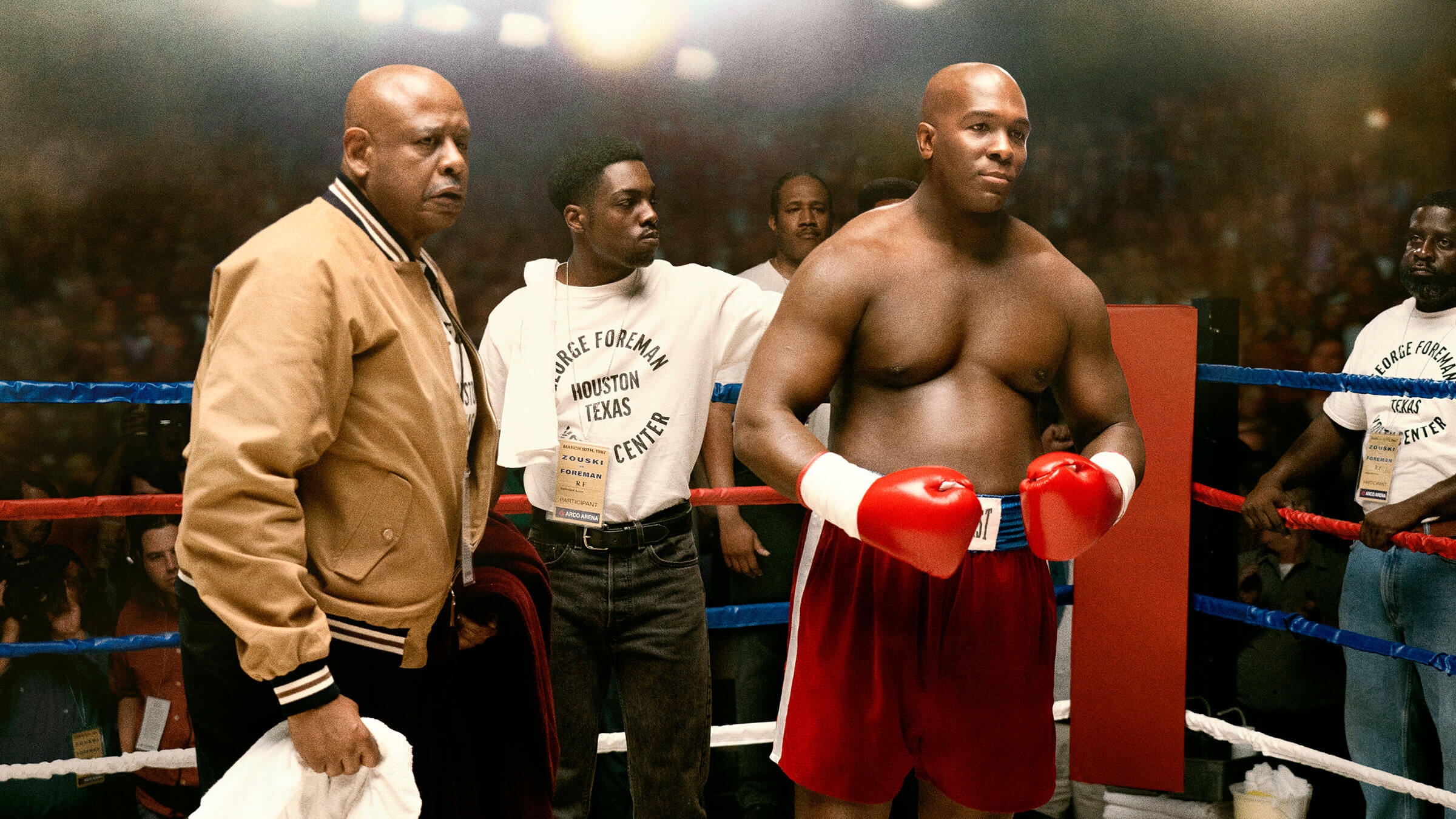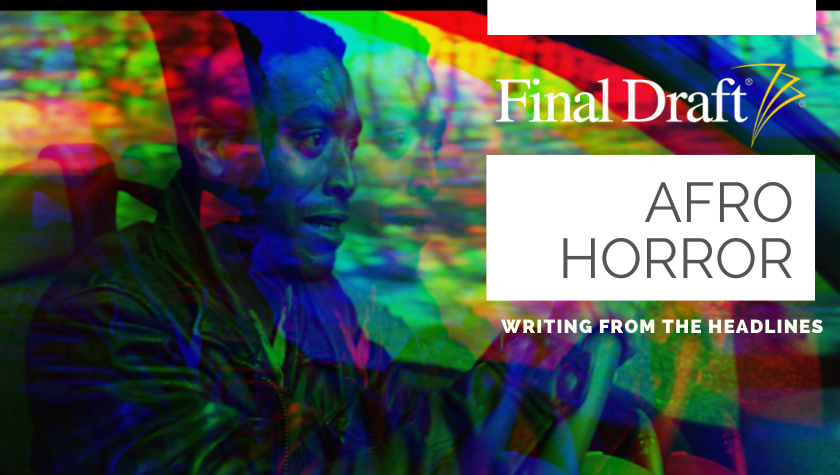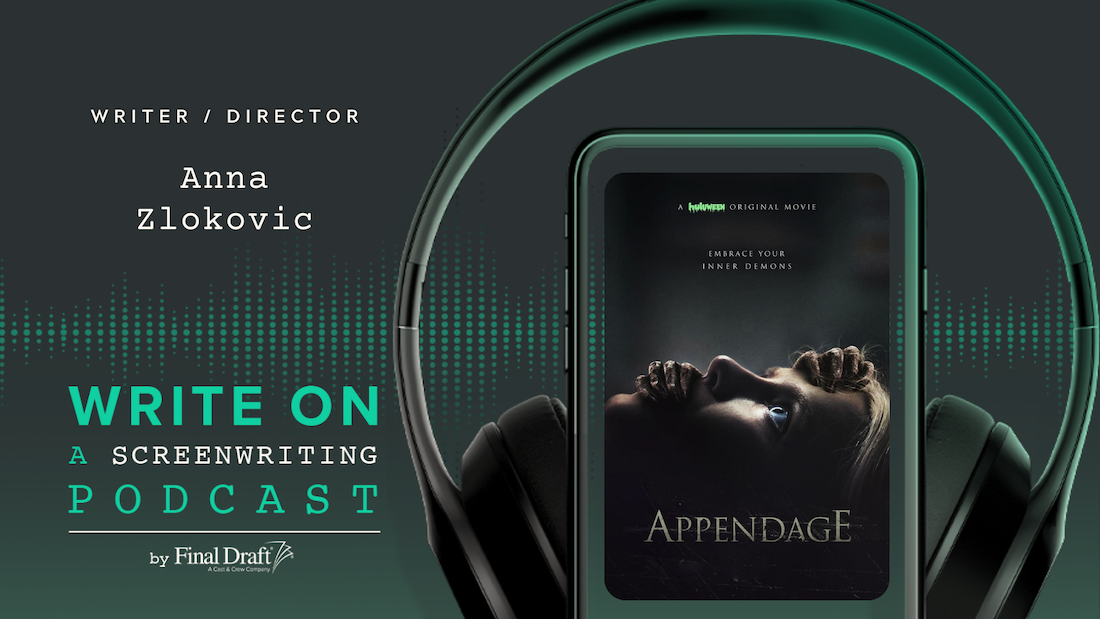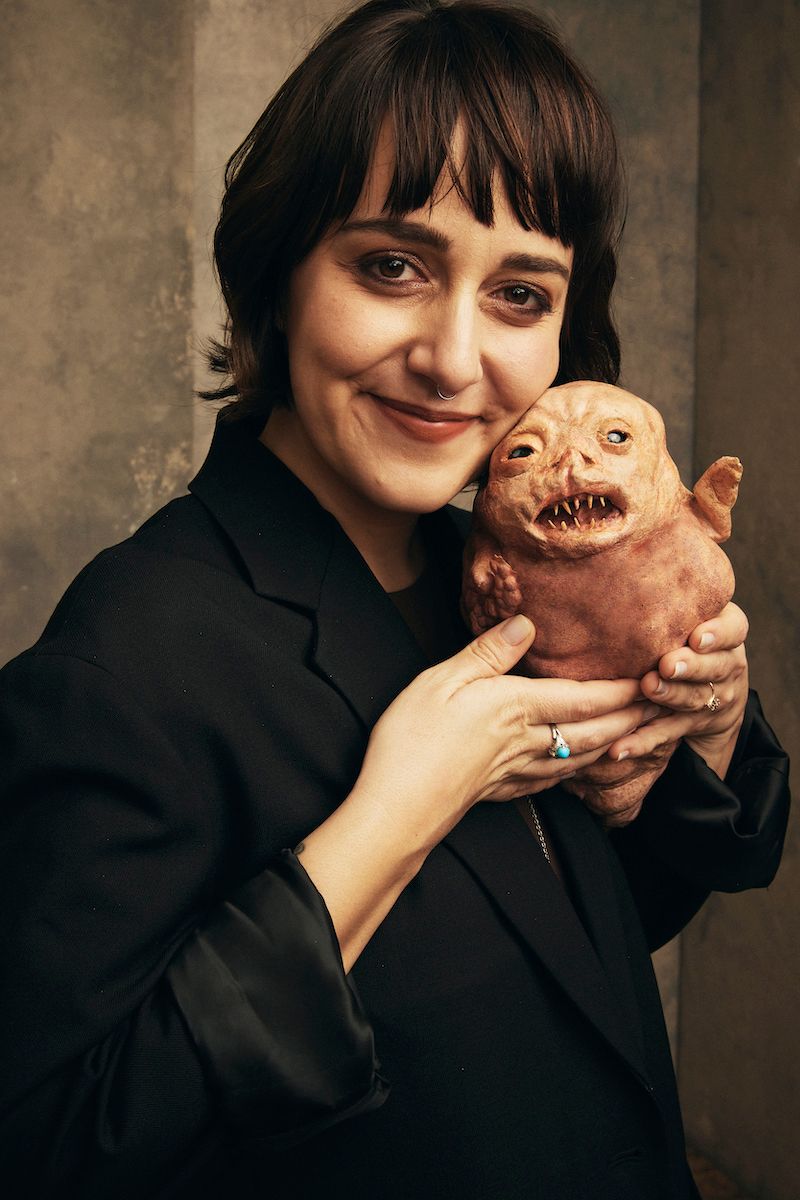Afro Horror: The Black Female Villain
December 25, 2020
This week I finally joined the quietly popular social app, Clubhouse. What is that, you ask? Clubhouse is an iPhone only app currently in beta testing that allows users all over the world to come together in what they call “rooms” and discuss a topic of their choice. The rooms range from “How to Start an E-Commerce Brand” to “Why Corn Dogs Are Superior.” It has been an educating and sometimes frustrating experience, but what I’ve also found is that the app hosts a vast number of horror fans.
One of the most discussed topics in the Clubhouse community has been the lack of Black female villains in horror. The only example that immediately pops into mind is Blumhouse’s 2019 Ma. The film comes with its own problematic themes however, which I personally believe turned off a lot of viewers (listen to the Afro Horror Podcast episode to find out why). So the question is, is it possible to have a Black female villain without it being racist? I think so! Here are three tips I would suggest using if you want to craft such a character:
1. DO NOT MAKE HER BACKSTORY ABOUT SLAVERY OR ABUSE OF ANY KIND (Content / Trigger Warning: Sexual Assault)
Horror is a tough genre because on the surface it’s all about pain and suffering: Michael Myers grew up in a turbulent household, Candyman was murdered by a racist white mob, Jason was bullied by fellow peers. Our movie monsters usually suffer beyond belief, thus pushing them to a murderous reign. When it comes to Black women, we not only face racial discrimination, but sexism on a daily. We already have a double-dose of suffering — enough is enough. Therefore in terms of making us the movie monster, when our backstory only falls into the two categories of our race or gender, it erases who we are as people. I already know what you’re going to say. “That’s the point! Monsters aren’t people!” Except they are. Michael, Freddy and Jason were all humans AND they were monsters. What makes them compelling is their human backstory that led them to the evil, which as you know, has nothing to do with slavery or sexual assault because they are white men. With that said, my second tip is —
2. DO NOT MAKE HER A MAMMY TYPE
As you can see, both my rules so far have been broken by to MA. What is a Mammy, you ask? The trope has been around for decades, tracing back to Hattie McDaniel’s literal Mammy character in Gone with the Wind. The Mammy — usually fat, Black and darker skinned — exists only to service the white protagonist. She sometimes has wisdom to share and other times just good humor, but never is she actually a fully layered or even desired being. While I applaud Tate Taylor (and writer Scotty Landes) for crafting a diverse villain, Ma is the textbook example of a Mammy type. Her backstory is rooted in both racism and sexual assault, making her the victim, not the villain as she is meant to be portrayed. This sends a subtle message that women who are not white and thin are meant to be outcast or feared. No.
3. DO WRITE ONE
Although it would fall under scrutiny no matter what, I still think it’s high time we had a Black female villain in horror. Take a look at monsters such as La Llorona or the Lady in the Lake in Bly Manor. They are both tortured souls and frightening villains without layers of abuse or racism attached.
I am confident this same execution can be successful with a Black woman. The question is, how long are we going to have to wait to see it and who is going to write it? Is it you?
Written by: Sade' Sellers
Sade Sellers is a screenwriter and producer based in Burbank, California. Originally from Michigan’s capital, Lansing, Sade’ has been working in the entertainment industry since 2009. In 2017, Sade’ was a finalist for Tv One’s Screenwriting competition for her teleplay The Replacement. This achievement motivated the network to hire her as a writer for their upcoming movie of the week event, Deadly Dispatch, which premiered on the platform in the summer of 2019. Through that production process, Sade’ met casting director Leah Daniels-Butler who was in the midst of staffing her production company, 1oneninety5. Sade’ then rose to the role of Vice President of Content Acquisitions and Development and spent the next year learning the ecosystem of film and television development from pitching to production. Using that experience, and bound at home due to COVID-19, Sade’ made a return to her first love, screenwriting, utilizing her free time to write new content. www.sadesellers.com- Topics:
- Discussing TV & Film





